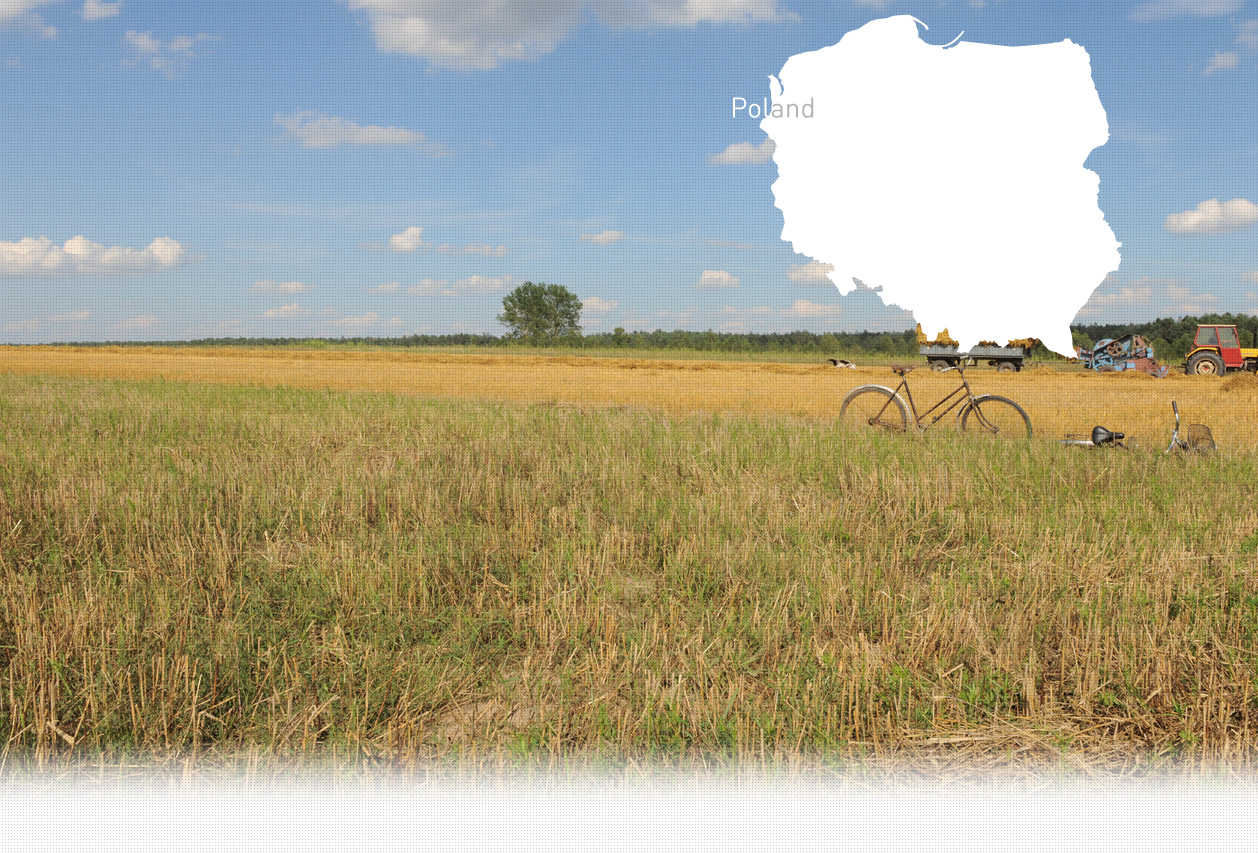

2 Sitio(s) de ejecución
Janina T., born in 1927: "It was five in the morning, during fall, and still dark. The Germans surrounded Łopianka, arriving in vehicles and storming houses with rifles, dragging Jews out into the street. After searching the entire village, they gathered everyone at one end of Łopianka and marched them to Baczki, where they did the same. From there, they herded them to Łochów, where freight cars were already waiting on the ramp. The Germans forced them inside at gunpoint, hitting anyone who resisted with rifle butts. Everyone—fathers, mothers, children, the elderly—was taken. There were so many of them.” (Testimony N°YIU514P, interviewed in Łopianka, on September 24, 2015)
"16 Jews shot in September 1943." [Court Inquiries about executions and mass graves in districts, provinces, camps and ghettos = Ankieta Sadow Grodzkich, 1945 Reel 14 File 44.]
Łopianka is a village in the Mazovian Voivodeship, located approximately 80 kilometers (50 miles) from Warsaw. Established in 1883, the village was founded thanks to Judel Jakowlewicz Perlis, a Jewish merchant from Grodno. In 1876, Perlis built a steel farm implement factory (Bracia Perlis – Spadkobiercy, Łochów, Odlewnia Żelaza i Fabryka Maszyn), which became the driving force behind the development of Łopianka and neighboring villages such as Jasiorówka, Ostrówek, Budziska, and Baczki. This fostered Jewish settlement and economic activity in the region.
A Yahad witness recalled visiting a Jewish bakery, where the bakers treated both Jewish and Polish children to matzah. Polish and Jewish children studied together in the same classes. By 1921, Jews made up 53.2% of Łopianka's 421 residents, engaging in trade, small-scale crafts, and factory work.
Łopianka, a village near Łochów, was occupied by German forces in September 1939, around the same time as Łochów. The German administration in Łopianka fell under the control of the Gendarmerie post established in Łochów, which consisted of 10 to 15 officers. By November 1939, the Perlis and Loewenstein factories, along with the Zamoyski estate, were expropriated by the Germans. In late 1941, part of the Loewenstein factory was converted into Stalag 333, a camp for Soviet POWs.
Anti-Jewish measures began in October 1939 with the registration of Jewish property and the closure of Jewish businesses. In November 1939, a Jewish Council (Judenrat) was established under German orders. By late 1940, Jews were required to wear armbands with the Star of David. Reports of violence and looting against Jewish residents became increasingly frequent during this period.
In February 1941, part of Łopianka was designated as an open ghetto. Jewish residents were confined to specific areas but continued to move between Łopianka and Baczki for forced labor, primarily in local factories.
The liquidation of the ghetto began in the early hours of September 24–25, 1942. According to a Yahad witness, the Germans began going house to house around 4:00–5:00 a.m., pulling Jews from their homes. Many Jewish men had fled the day before, leaving mostly women and children behind. Elderly individuals and those unable to walk were killed in their beds. The captured Jews were marched to the Baczki factory, where others had already been gathered. Once the roundup was complete, the Jews were forced to march to the Łochów train station. A Yahad witness followed the column of Jews and described how mothers clutched their babies as they were pushed forward by Germans wielding rifles. Upon reaching the station, the Germans separated the children from their mothers, violently throwing them into separate carriages. Adults were beaten with rifle butts. Although the witness did not see executions along the way, reports suggested that some Jews were killed en route. The majority of the Jews were deported to Treblinka.
Many Jews who attempted to hide during the ghetto liquidation were later discovered and murdered by German Gendarmes, SS officers, Polish Blue Police, and Ukrainian auxiliaries. In the Łopianka forest, Jews in hiding were killed by German forces. A Yahad witness described how these Jews, weakened by starvation and a lack of assistance, often surrendered. They were murdered in groups of 5 to 10, lined up at the edge of a pit, and shot in the back of the head with rifles. The total number of those killed remains unknown.
A post-liquidation ghetto was briefly established in Budziska, housing around 50 Jews. However, 30 were murdered for lacking residency permits, leaving only 18 to 20 survivors, who were forced to make boots for the Gendarmes. On December 11, 1942, 14 of these Jews were killed in the nearby forest after a failed escape attempt.
In one instance, a Jewish family—a father, mother, and their six-year-old daughter—was denounced by a neighbor while hiding in the home of a Yahad witness’s mother. The Jewish family, originally from Przasnysz, was named Zymbelstein. In 1942, likely after the ghetto’s liquidation on September 25, a German gendarme arrived from Łochów, killed the family, and wounded the witness’s mother. The mother survived but died three months later. The witness, upon returning from school, was forced to bury the three victims in the courtyard of their home. Their bodies remain there to this day, and the site remains unmarked.
¿Tiene información adicional con respecto a un pueblo que le gustaría compartir con Yahad?
Por favor contáctenos a contact@yahadinunum.org
o llamando a Yahad – In Unum at +33 (0) 1 53 20 13 17